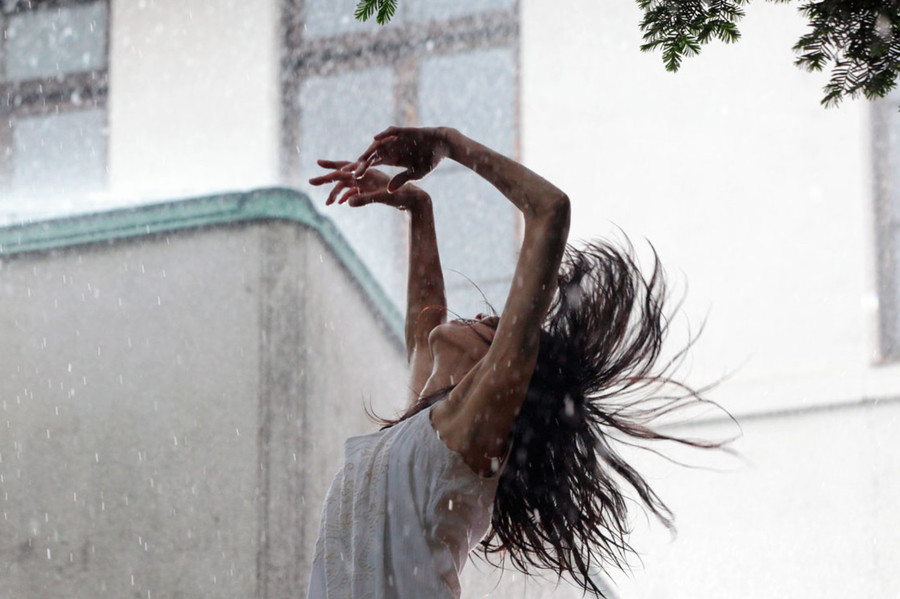Archiwum - 11. Festiwal Filmowy Pięć Smaków
Kotoko
Nagrody i festiwale
Opis filmu
Bohaterka, tytułowa Kotoko, rozpaczliwie próbuje odnaleźć się w rozmaitych rolach – matki niemowlęcia, partnerki kochającego ją mężczyzny czy też samodzielnej, dorosłej kobiety. Rozpaczliwie, bo jej umysł przypomina rozbite lustro i raz za razem wiedzie ją na skraj całkowitego obłędu. Ze spontanicznej, pełnej ciepła osoby o nietuzinkowej wyobraźni pod wpływem halucynacji zmienia się w zagrożenie dla siebie i otoczenia. Jedyne ukojenie przynosi jej płynący z głębi duszy śpiew.
Shinya Tsukamoto po raz kolejny udowadnia, że jest mistrzem bezkompromisowego, oryginalnego autorskiego kina. Zdjęcia z ręki, agresywny montaż i sposób poprowadzenia historii wrzucają widza na głęboką wodę, prosto w świat głównej bohaterki – chociaż nie oglądamy go jej oczami, widzimy go tak jak ona. Razem z Kotoko przeżywamy horror choroby psychicznej i dramat bezsilności, od czasu do czasu rozjaśniony śpiewem aktorki i całkiem dużą dawką subtelnego humoru.
"Kotoko" był kolejnym po "A Snake of June" dziełem Shinyi Tsukamoto, które zostało uuhonorowane na Międzynarodowym Festiwalu Filmowym w Wenecji, tym razem nagrodą w konkursie Orrizonti. Był to jednocześnie pierwszy japoński film wyróżniony w tej sekcji.
Charyzmatyczna Cocco, wcielająca się w główną rolę, to awangardowa japońska piosenkarka, która wcześniej pojawiła się na ekranie w dokumencie Hirokazu Koreedy "So I Can Be Alright: Cocco's Endless Journey" (2008). W ubiegłym roku powróciła do filmu w jednej z głównych ról ekstrawaganckiej "Żony dla Rip Van Winkle" (reż. Shunji Iwai), która pojawi się na tegorocznych Pięciu Smakach
What Else!? Films
Shinya Tsukamoto
Urodzony 1 stycznia 1960 r. reżyser, producent, aktor, montażysta, scenarzysta i filmowy człowiek-orkiestra. Jedna z najważniejszych postaci powojennego kina japońskiego, autor przełomowego " Tetsuo - człowiek z żelaza" z 1989 r. i okrzykniętych jednym z najbardziej wstrząsających filmów wojennych "Ogni w polu" (2014), jak również wielu tytułów, które zdobyły uznanie krytyki i publiczności. Większość jego filmów wymyka się łatwemu zaszufladkowaniu gatunkowemu, łącząc w sobie elementy horroru, science-fiction, monster movie, thrillera czy dramatu.
1975 Kyodai gokiburi monogatari
1989 Tetsuo - człowiek z żelaza / Tetsuo / Tetsuo the Iron Man
1990 Yokai Hanta - Hiruko / Hiruko the Goblin
1998 Bullet Ballet
2002 Wąż czerwcowy / Rokugatsu no hebi / A Snake of June
2004 Buitaru / Vital
2011 Kotoko
2014 Ognie w polu / Nobi / Fires on the Plain




